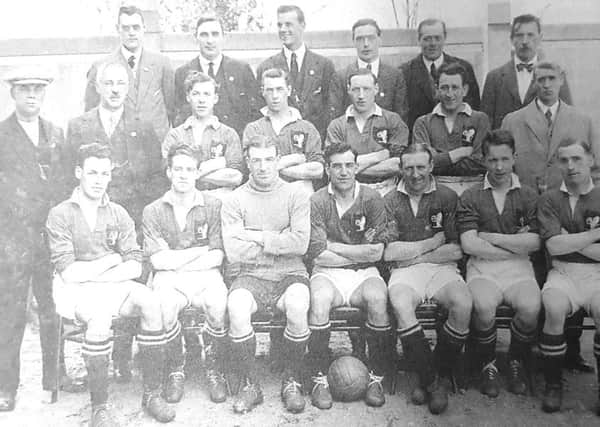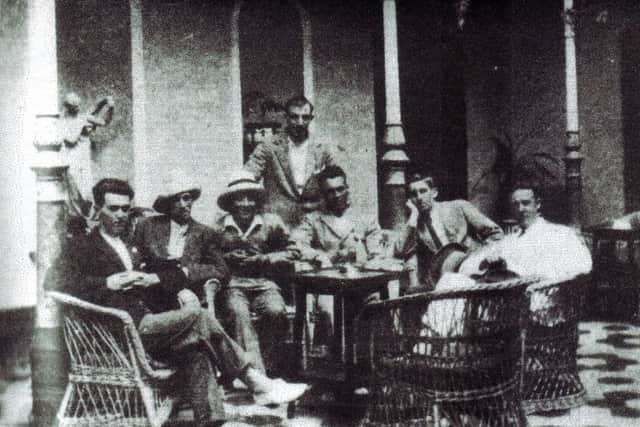Nostalgia: When Raith Rovers were shipwrecked....


The team ended the season in third place behind Rangers and champions Celtic.
As a reward it was decided that in the close season the players would go on a tour of the Canary Islands, off the North Atlantic coast of Morocco, where they would become maybe the only football team ever to become shipwrecked.
Advertisement
Hide AdAdvertisement
Hide AdThe Raith Rovers party of 13 players and five officials boarded the steamer ‘Highland Loch’ at Tilbury Docks, including manager James Logan and captain Bill Inglis.


The voyage went smoothly. At odd moments the Raith Rovers players played cards, had hearty sing-songs and talked a lot about their first ever bullfight they were due to see in Vigo, their first port-of-call.
Then ‘Highland Loch’ rounded Cape Finisterre and hit the Bay of Biscay. And it was rough, really rough...
Wild stormy waves buffeted the ship and she eventually struck rocks just off the bleak rocky coast of North-West Spain.
Advertisement
Hide AdAdvertisement
Hide AdIt was 6.30am on a Sunday morning. Most of the passengers were in bed, sound asleep.
The inevitable command came to “abandon ship!”. Many passengers were in their pyjamas, some in dressing-gowns, but there was no panic and the maritime tradition of ‘Women and Children First’ was strictly observed and adhered to.
The Raith Rovers goalkeeper who had been an Able-Bodied Seaman in the Royal Navy in the First World War did good work helping people into lifeboats.
They were to spend five hours in the open boats according to Bill Inglis, before they reached land in the dangerous, rocky coast of North-West Spain, a bleak, inhospitable wasteland.
Advertisement
Hide AdAdvertisement
Hide AdThey walked difficult underfoot conditions until they reached the small village of Villa Garcia where they encountered further problems.
The company found it difficult making themselves understood, the local fishermen could understand them, they had little or no money as they had left it behind in the rush to abandon ship, and most of them were dressed only in pyjamas and dressing gowns.
There was deep, widespread incomprehension.
Things took a turn for the better, however, when the party eventually reached the seaport of Vigo, the administrative centre of the region, and not all that far away.
Unbelievably, The Highland Loch came limping in to Vigo harbour.
Advertisement
Hide AdAdvertisement
Hide AdIt had been re-floated on a high tide but had been severely damaged.
The forepeak had received the worst blow; part of the bulkhead was broken to a length of 18 yards and several feet wide; the port bilge keels had been torn away.
As a result of all this damage one of the compartments was flooded, yet somehow rescuers had managed to get her into Vigo harbour and to safety.
The Raith Rovers party quickly recovered their stuff and the hamper containing all the team’s gear and equipment.
Advertisement
Hide AdAdvertisement
Hide AdThen came the news that another ship, a P&O liner was shortly to embark from Vigo for Lisbon and then on to the Canary Islands.
After all they’d been through, would they just cut their losses and head back home to Kirkcaldy?
Or would they board that ship, go to the Canaries and complete their tour?
Well, it was a no-brainer. There was a unanimous decision.
They would go on and do their tour...
• Thanks to reader Derek Thomson for submitting this article.